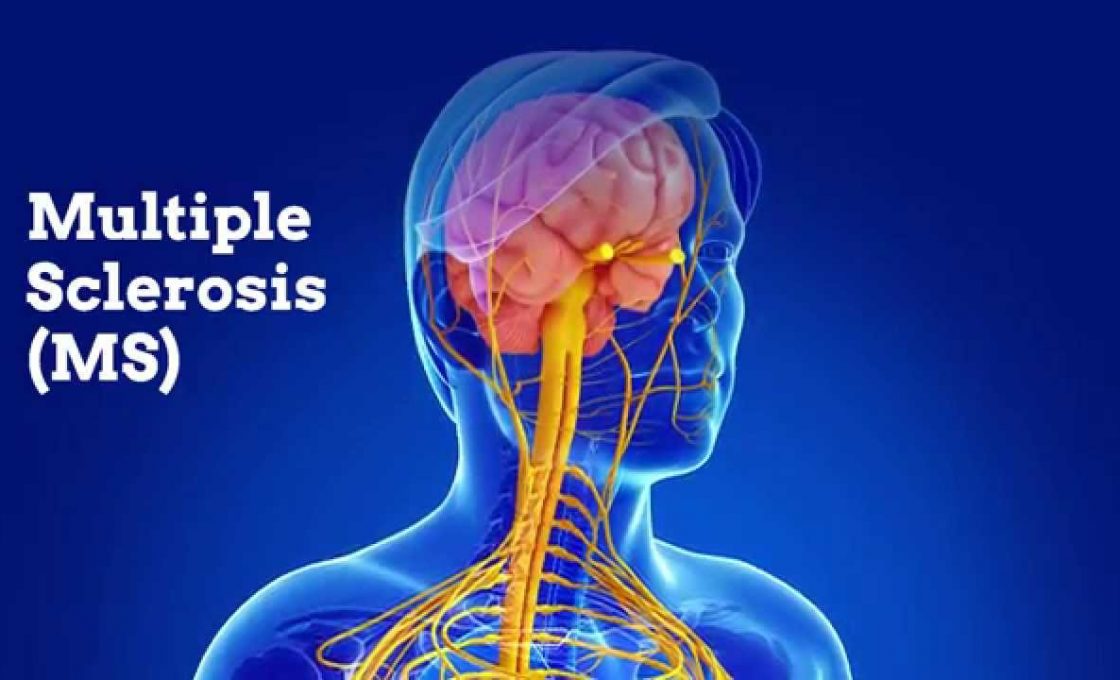Effect of IgG from multiple sclerosis patients on amidolytic activity of coagulation and anticoagulation factors of hemostasis
DOI:
https://doi.org/10.15419/bmrat.v4i08.205Keywords:
Amidolytic activity, Factor Xa, IgG, Multiple sclerosis, Protein C, Thrombin, medicineAbstract
Background: Immunoglobulin G (IgG) is a major immunoglobulin (Ig) in blood that accumulates to a greater extent in the bloodstream of patients impacted by neuroimmunological disorders such as multiple sclerosis (MS). The aim of this study was to determine the effect of IgG obtained from MS patients on the amidolytic activity of coagulation and on anticoagulation factors, and to compare those effects to the effects of IgG from healthy donors.
Methods: Spectrophotometric hydrolysis of specific chromogenic substrate by key haemostasis factors was examined.
Results: Our study shows that unlike healthy individuals, patients suffering from MS express IgG which enhances the amidolytic activity of thrombin and protein C, but inhibits the activity of factor Xa.
Conclusion: Our study shows that IgG and coagulation factors, indeed, interact with each other. IgG may be key mediators of neuroinflammation and, therefore, may serve as a potential target for therapeutic strategies for MS and other neuroimmunological diseases.
References
<li class="show">Adams, R.A., Bauer, J., Flick, M.J., Sikorski, S.L., Nuriel, T., Lassmann, H., Degen, J.L., and Akassoglou, K. (2007). The fibrin-derived γ377-395 peptide inhibits microglia activation and suppresses relapsing paralysis in central nervous system autoimmune disease. Journal of Experimental Medicine 204, 571-582. <a href="https://doi.org/10.1084/jem.20061931">https://doi.org/10.1084/jem.20061931 </a></li>
<li class="show">Aksungar, F.B., Topkaya, A.E., Yildiz, Z., Sahin, S., and Turk, U. (2008). Coagulation status and biochemical and inflammatory markers in multiple sclerosis. Journal of Clinical Neuroscience 15, 393-397. <a href="https://doi.org/10.1016/j.jocn.2007.02.090">https://doi.org/10.1016/j.jocn.2007.02.090</a></li>
<li class="show">Bhat, R., and Steinman, L. (2009). Innate and adaptive autoimmunity directed to the central nervous system. Neuron 64, 123-132. <a href="https://doi.org/10.1016/j.neuron.2009.09.015">https://doi.org/10.1016/j.neuron.2009.09.015</a></li>
<li class="show">Borissoff, J.I., Spronk, H.M., and ten Cate, H. (2011). The hemostatic system as a modulator of atherosclerosis. New England Journal of Medicine 364, 1746-1760. <a href="https://doi.org/10.1056/NEJMra1011670">https://doi.org/10.1056/NEJMra1011670</a></li>
<li class="show">Davalos, D., Baeten, K.M., Whitney, M.A., Mullins, E.S., Friedman, B., Olson, E.S., Ryu, J.K., Smirnoff, D.S., Petersen, M.A., and Bedard, C. (2014). Early detection of thrombin activity in neuroinflammatory disease. Annals of neurology 75, 303-308. <a href="https://doi.org/10.1002/ana.24078">https://doi.org/10.1002/ana.24078</a></li>
<li class="show">Delvaeye, M., and Conway, E.M. (2009). Coagulation and innate immune responses: can we view them separately? Blood 114, 2367-2374. <a href="https://doi.org/10.1182/blood-2009-05-199208">https://doi.org/10.1182/blood-2009-05-199208</a></li>
<li class="show">Disanto, G., Morahan, J., Barnett, M., Giovannoni, G., and Ramagopalan, S. (2012). The evidence for a role of B cells in multiple sclerosis. Neurology 78, 823-832. <a href="https://doi.org/10.1212/WNL.0b013e318249f6f0">https://doi.org/10.1212/WNL.0b013e318249f6f0</a></li>
<li class="show">Ehling, R., Di Pauli, F., Lackner, P., Kuenz, B., Santner, W., Lutterotti, A., Gneiss, C., Hegen, H., Schocke, M., and Deisenhammer, F. (2011). Fibrinogen is not elevated in the cerebrospinal fluid of patients with multiple sclerosis. Fluids and Barriers of the CNS 8, 25. <a href="https://doi.org/10.1186/2045-8118-8-25">https://doi.org/10.1186/2045-8118-8-25</a></li>
<li class="show">Gandhi, R., Laroni, A., and Weiner, H.L. (2010). Role of the innate immune system in the pathogenesis of multiple sclerosis. Journal of neuroimmunology 221, 7-14. <a href="https://doi.org/10.1016/j.jneuroim.2009.10.015">https://doi.org/10.1016/j.jneuroim.2009.10.015</a></li>
<li class="show">Göbel, K., Kraft, P., Pankratz, S., Gross, C.C., Korsukewitz, C., Kwiecien, R., Mesters, R., Kehrel, B.E., Wiendl, H., and Kleinschnitz, C. (2016a). Prothrombin and factor X are elevated in multiple sclerosis patients. Annals of neurology 80, 946-951. <a href="https://doi.org/10.1002/ana.24807">https://doi.org/10.1002/ana.24807</a></li>
<li class="show">Göbel, K., Pankratz, S., Asaridou, C.-M., Herrmann, A.M., Bittner, S., Merker, M., Ruck, T., Glumm, S., Langhauser, F., and Kraft, P. (2016b). Blood coagulation factor XII drives adaptive immunity during neuroinflammation via CD87-mediated modulation of dendritic cells. Nature communications 7, 11626. <a href="https://doi.org/10.1038/ncomms11626">https://doi.org/10.1038/ncomms11626</a></li>
<li class="show">Gverić, D., Herrera, B., Petzold, A., Lawrence, D.A., and Cuzner, M.L. (2003). Impaired fibrinolysis in multiple sclerosis: a role for tissue plasminogen activator inhibitors. Brain 126, 1590-1598. <a href="https://doi.org/10.1093/brain/awg167">https://doi.org/10.1093/brain/awg167</a></li>
<li class="show">Han, M.H., Hwang, S.-I., Roy, D.B., Lundgren, D.H., Price, J.V., Ousman, S.S., Fernald, G.H., Gerlitz, B., Robinson, W.H., and Baranzini, S.E. (2008). Proteomic analysis of active multiple sclerosis lesions reveals therapeutic targets. Nature 451, 1076. <a href="https://doi.org/10.1038/nature06559">https://doi.org/10.1038/nature06559</a></li>
<li class="show">Liguori, M., Qualtieri, A., Tortorella, C., Direnzo, V., Bagala, A., Mastrapasqua, M., Spadafora, P., and Trojano, M. (2014). Proteomic profiling in multiple sclerosis clinical courses reveals potential biomarkers of neurodegeneration. PloS one 9, e103984. <a href="https://doi.org/10.1371/journal.pone.0103984">https://doi.org/10.1371/journal.pone.0103984</a></li>
<li class="show">Mayo, L., Quintana, F.J., and Weiner, H.L. (2012). The innate immune system in demyelinating disease. Immunological reviews 248, 170-187. <a href="https://doi.org/10.1111/j.1600-065X.2012.01135.x">https://doi.org/10.1111/j.1600-065X.2012.01135.x</a></li>
<li class="show">Schoenmakers, S.H., Reitsma, P.H., and Spek, C.A. (2005). Blood coagulation factors as inflammatory mediators. Blood Cells, Molecules, and Diseases 34, 30-37. <a href="https://doi.org/10.1016/j.bcmd.2004.09.001">https://doi.org/10.1016/j.bcmd.2004.09.001</a></li>
<li class="show">Sospedra, M., and Martin, R. (2005). Immunology of multiple sclerosis. Annu Rev Immunol 23, 683-747. <a href="https://doi.org/10.1146/annurev.immunol.23.021704.115707">https://doi.org/10.1146/annurev.immunol.23.021704.115707</a></li>
<li class="show">Strukova, S. (2001). Thrombin as a regulator of inflammation and reparative processes in tissues. Biochemistry (Moscow) 66, 8-18. <a href="https://doi.org/10.1023/A:1002869310180">https://doi.org/10.1023/A:1002869310180</a></li>
<li class="show">Weiner, H.L. (2008). A shift from adaptive to innate immunity: a potential mechanism of disease progression in multiple sclerosis. Journal of neurology 255, 3-11. <a href="https://doi.org/10.1007/s00415-008-1002-8">https://doi.org/10.1007/s00415-008-1002-8</a></li>
</ol>

Downloads
Published
Issue
Section
License
Copyright The Author(s) 2017. This article is published with open access by BioMedPress. This article is distributed under the terms of the Creative Commons Attribution License (CC-BY 4.0) which permits any use, distribution, and reproduction in any medium, provided the original author(s) and the source are credited.
